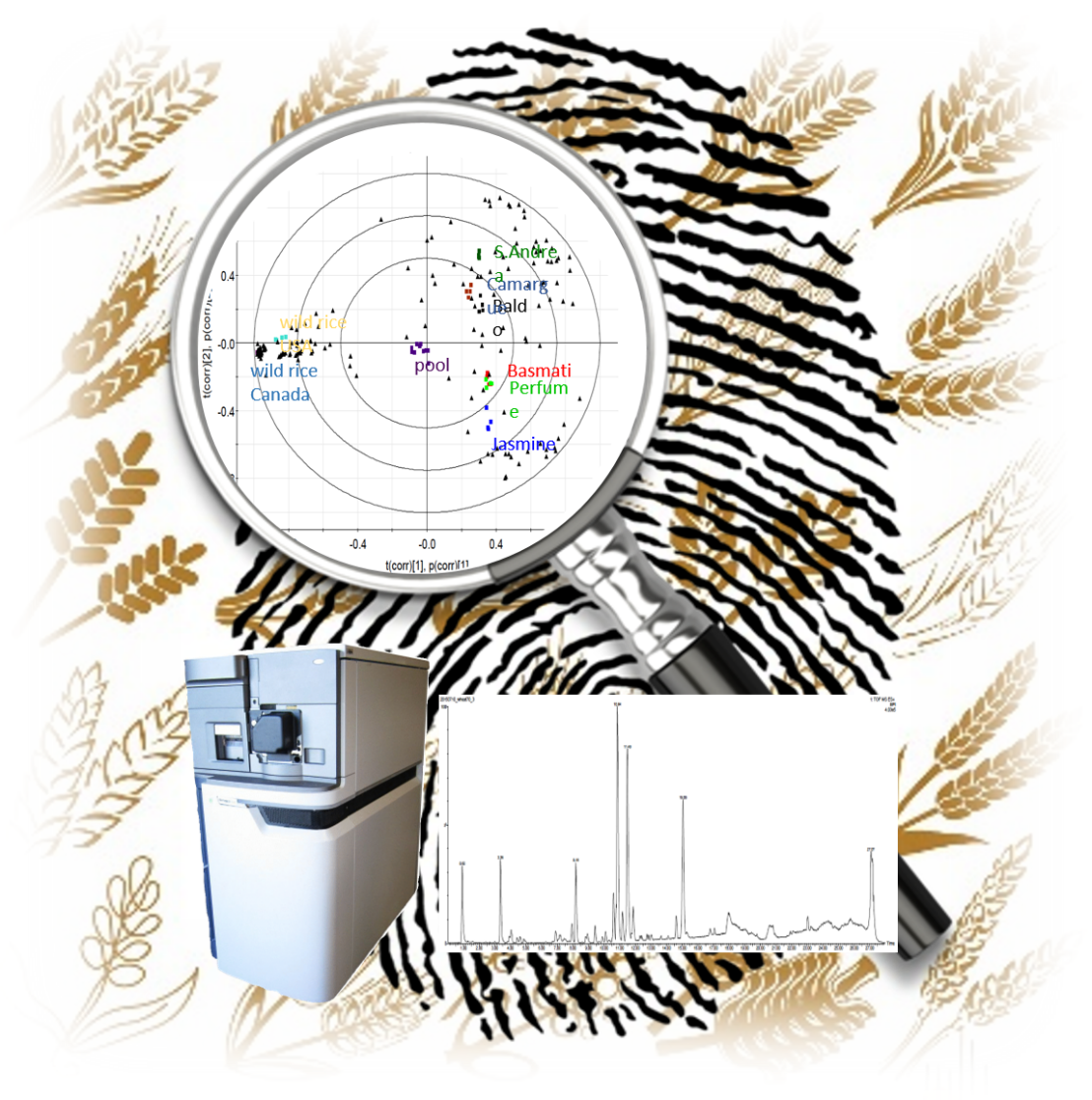Lipid Stability

Background
Despite the well-known health benefits of whole grains, they are facing a serious quality challenge of lipid rancidity, which leads to adverse nutritional, sensory and technological properties (Doblado-Maldonado et al. 2012). One of the major cause of lipid rancidity in whole grains is considered endogenous hydrolytic enzymes, such as lipase (EC 3.1.1.3), that are present in bran (Rose et al. 2008). In addition to the oxidizing factors, whole grains contain also a number of endogenous antioxidative compounds, which have positive effects on lipid stability. Numerous studies have reported the individual antioxidants and their activities. The synergic effect, however, is not well understood. Non targeted metabolomics is a state-of-art analytical and datamining tool, which gather knowledge on the compositional profiles of complex biological samples. With non-targeted metabolomics, a more complete picture of the endogenous antioxidants can be provided.

As one of the most important staple food, whole grain wheat is focused in this study. Wheat varieties have been cultivated mainly for refined flour performance. As the demands increasing, it is essential to breed wheat varieties for whole grain end use. It has been widely reported that the content of wheat phenolic compounds vary in different varieties. Nevertheless, the heritability of lipase in wheat has not been suggested.
Research goal
This project is aiming to provide more information on the inter-variety differences to evaluate and select wheat varieties with high oxidative stability and quality to improve the wholegrain end use. To reach the genomic significance, a unique panel of 310 European winter wheat varieties are studied. The analysis focus on two main factors that are counteracting during the flour storage, namely hydrolytic enzyme activity and endogenous antioxidant contents. In parallel, storage experiments are performed to indicate the stabilities of different varieties. In the end, the phenotypic data will be further evaluated by genetic association to shed light on the inter-variety differences. This will improve the use of wheat as raw material, benefit cultivation selection, provide consumers with better quality and healthier products and improve the food security. A deeper understanding of different wheat genotypes will also contribute to the adaptability and resilience of the world food system.
